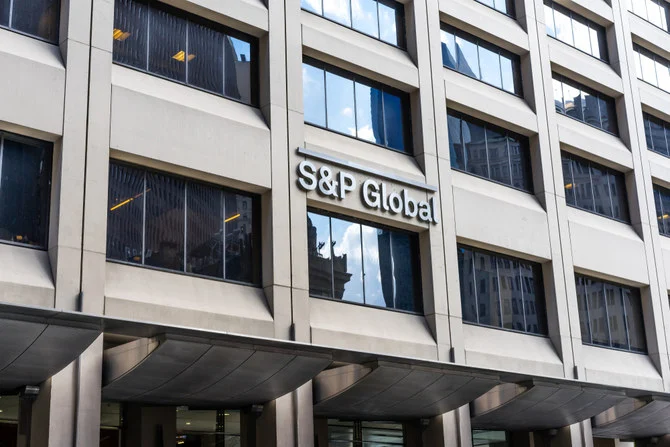S&P Global Ratings in its latest report titled Asia-Pacific: China Rebound Supports Growth says it is maintaining a cautiously optimistic outlook for Asia-Pacific with the view that China’s economy is on track to recover this year.
For other economies, it said this will dampen but not offset the hit of slower growth in the U.S. and Europe, the fading impact of domestic re-opening post-pandemic, and higher interest rates.
“We believe the recovery in China will be largely organic, led by consumption and services. Our GDP growth forecast of 5.5% this year, up from 4.8% in November, exceeds the target of around 5% announced at the National People’s Congress meetings in March,” said S&P Global Ratings chief economist Louis Kuijs.
“In our view, Beijing set that target at a relatively unambitious level to provide room for policy to respond to inflation or financial risks, if needed,” Mr. Kuijs said.
We expect the region excluding China to grow at 3.8% in 2023, after 4.7% in 2022. In most economies, inflation should decline, although elevated core inflation will prod some central banks to raise rates further.
External pressure from rising U.S. interest rates will likely push some others to lift rates further too.
The U.S. and the eurozone are likely to slow significantly in 2023. S&P expects only 0.7% growth in the U.S. this year and 0.3% in the eurozone.
China’s recovery it added won’t fully offset the impact of the slowdown in the U.S. and Europe on the Asia-Pacific region. But it will alleviate it. The likely acceleration in China this year is broadly comparable to the likely slowdown in the U.S. and Europe.
However, there are two-way risks to China’s growth outlook for 2023 and 2024. After the initial bounce-back, the recovery may lose steam amid new setbacks such as housing or labor market weakness.
Other Asia-Pacific economies should slow but not stumble on weaker global growth, the petering out of the benefits of domestic re-opening, and the impact of higher interest rates.
Two notable trends are shaping the outlook. First, COVID-induced output losses in emerging market economies are likely to be permanent.
The second key trend is a shift in export market shares among Asian economies.
Meanwhile, the inflation and interest outlook in Asia-Pacific remains mixed.
“Inflation is mostly manageable, with notable exceptions. But some central banks will need to raise rates to normalize interest rate gaps with the U.S. amid current account deficits,” Mr. Kuijs said.









